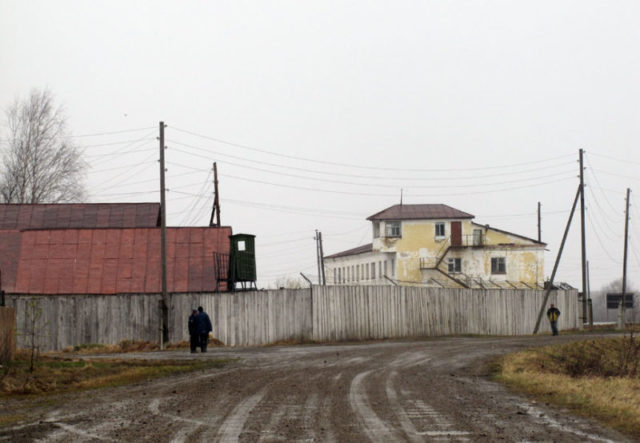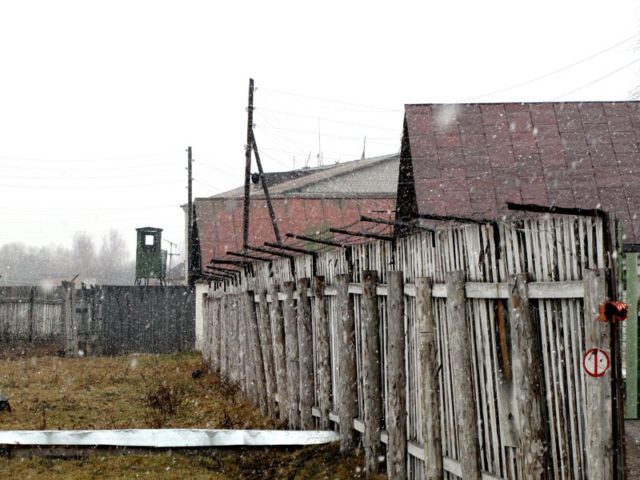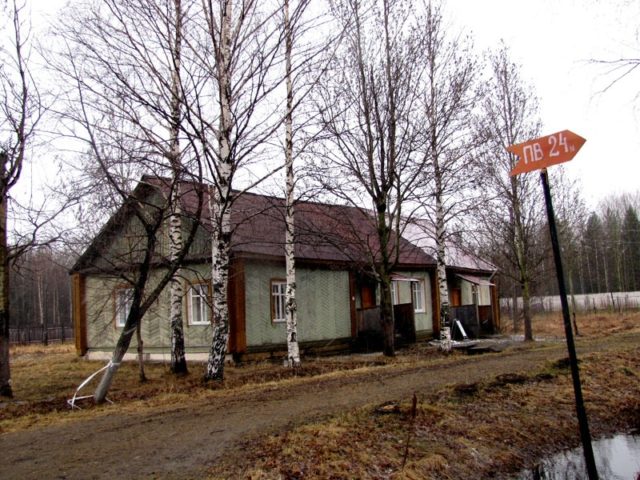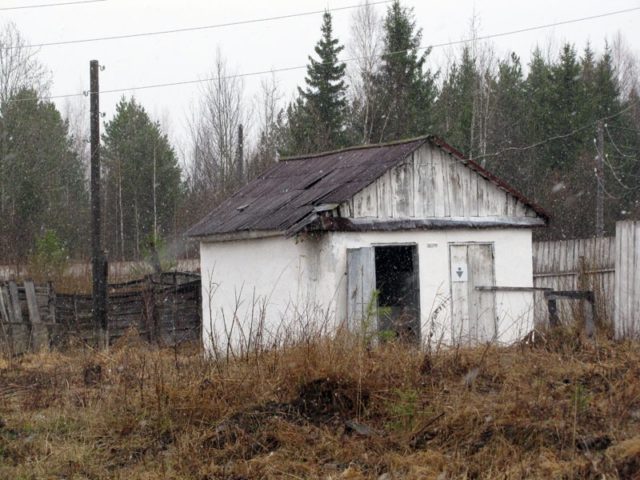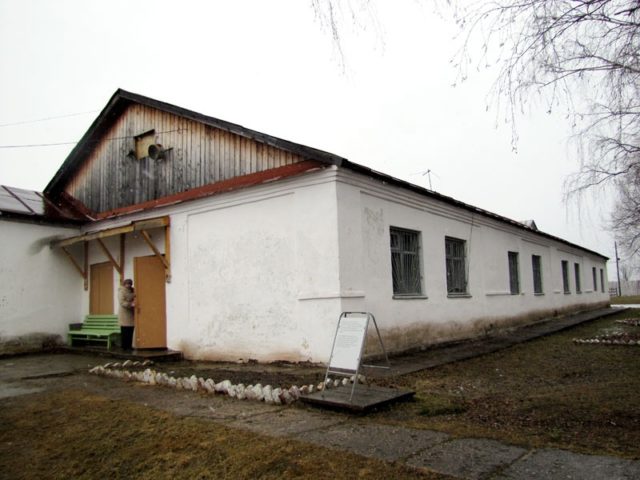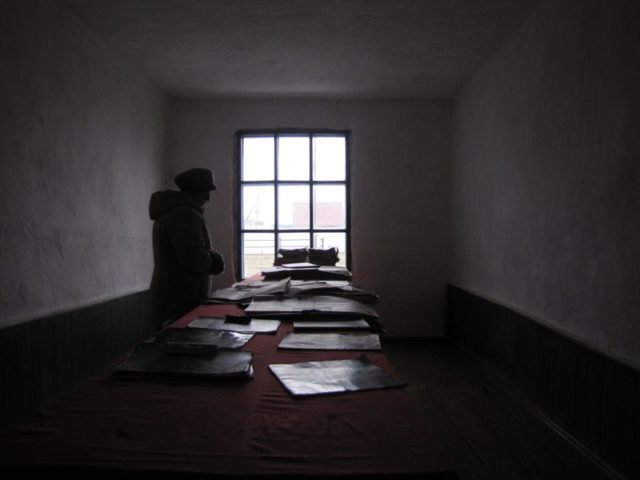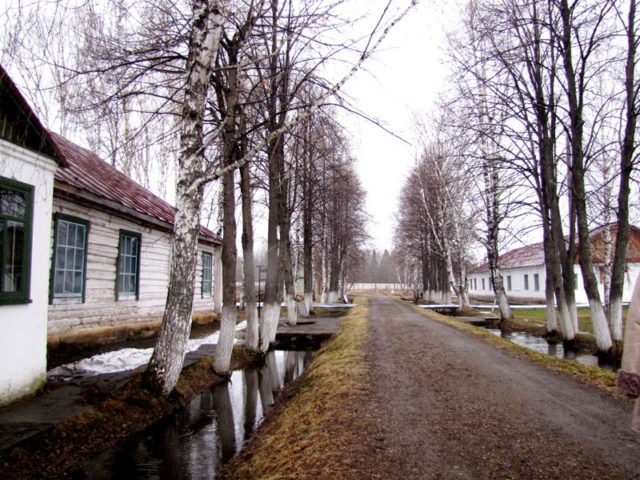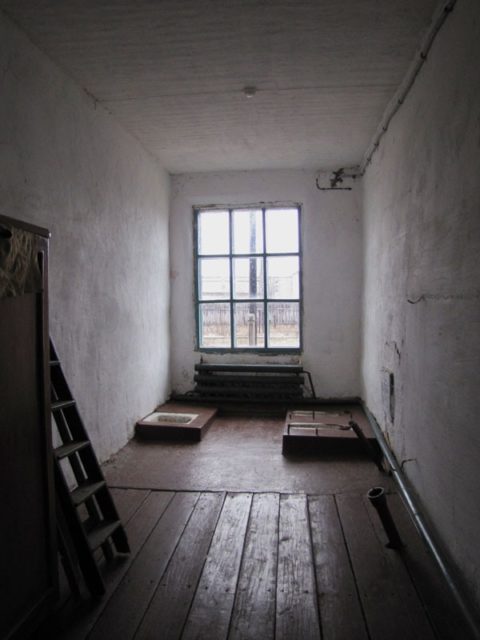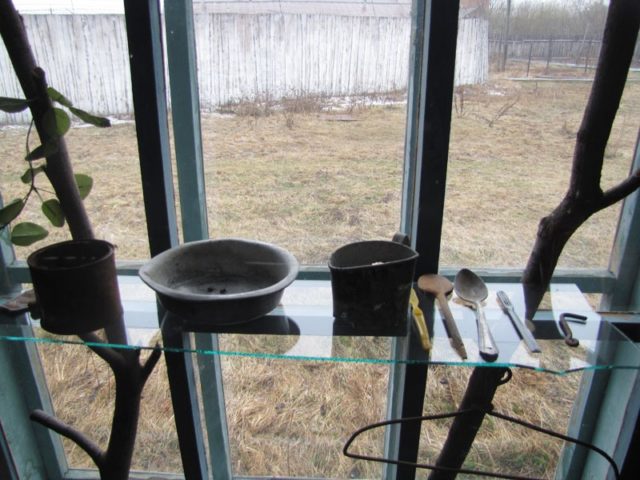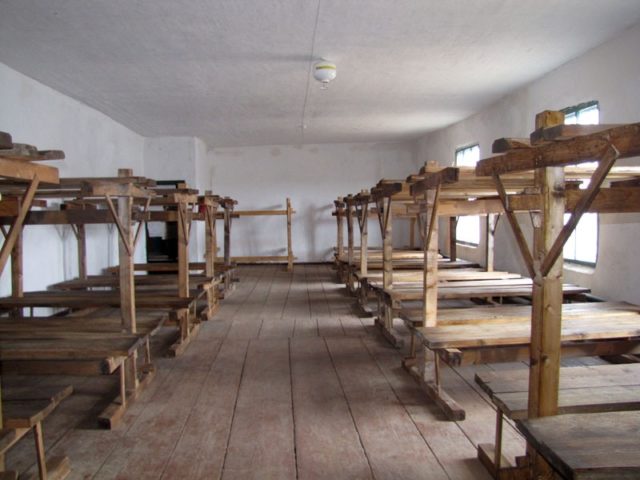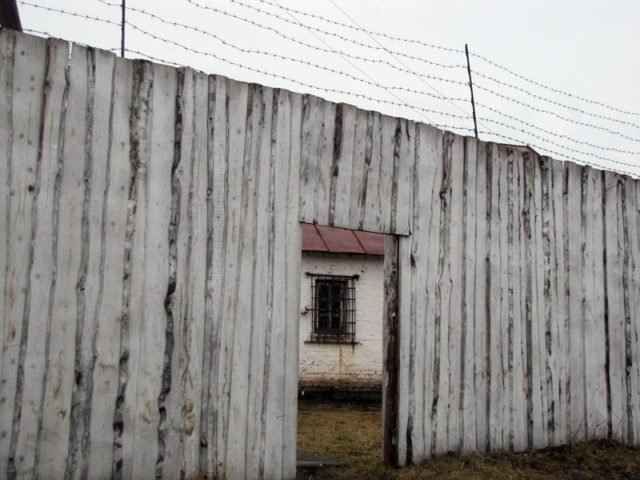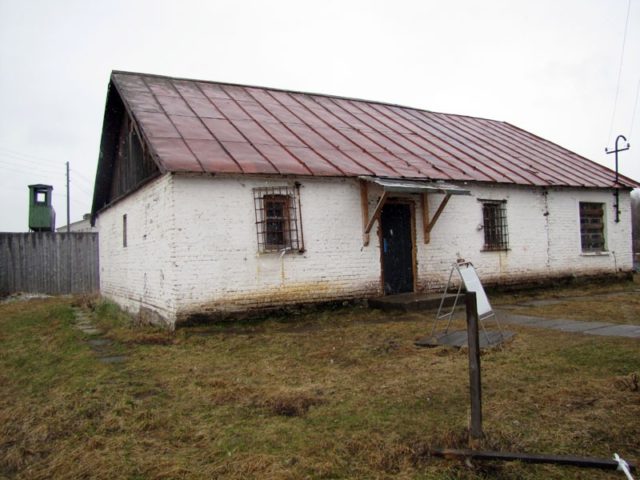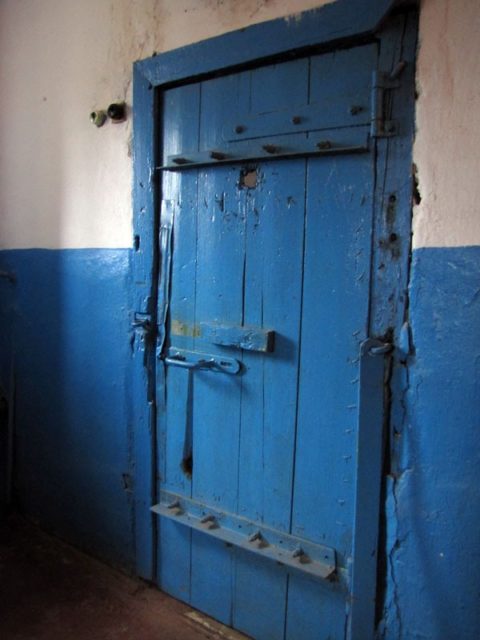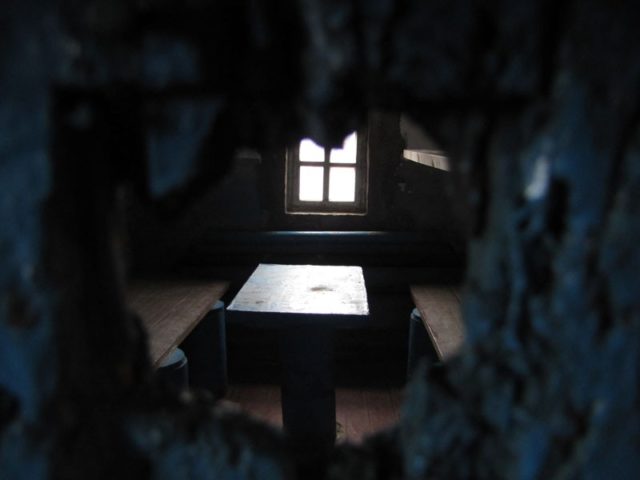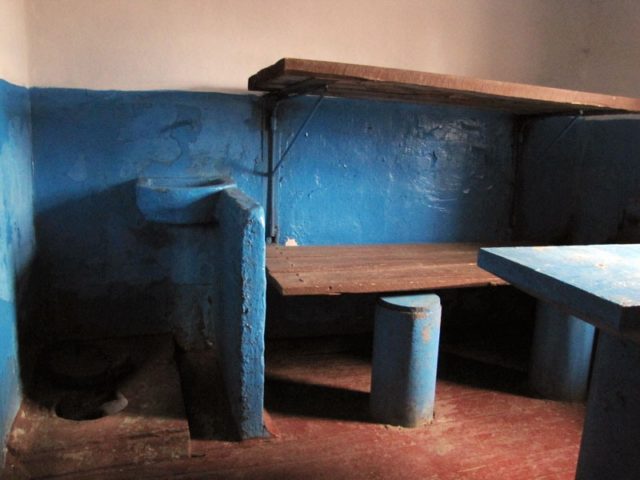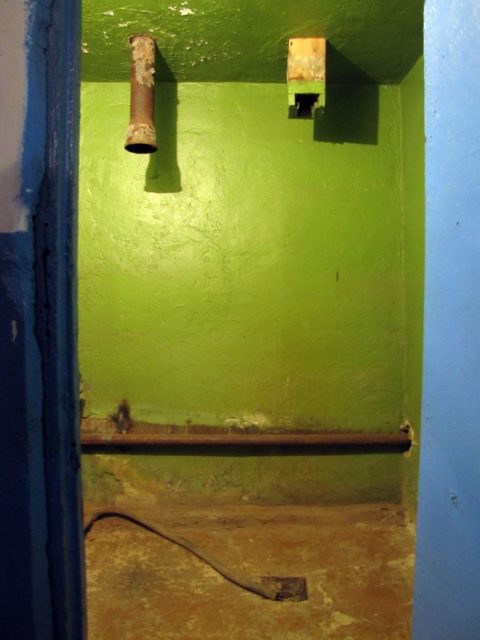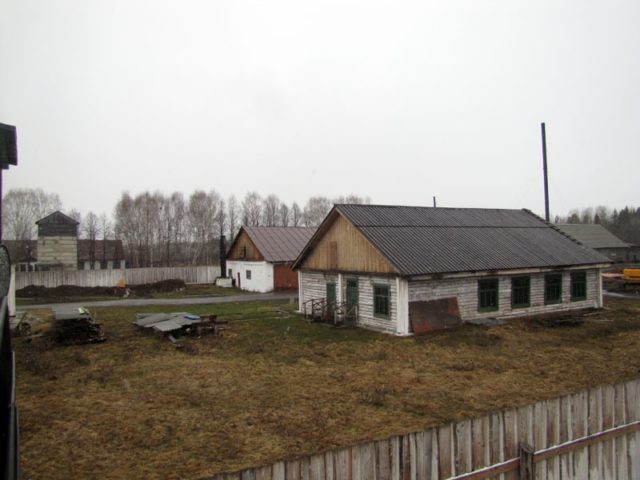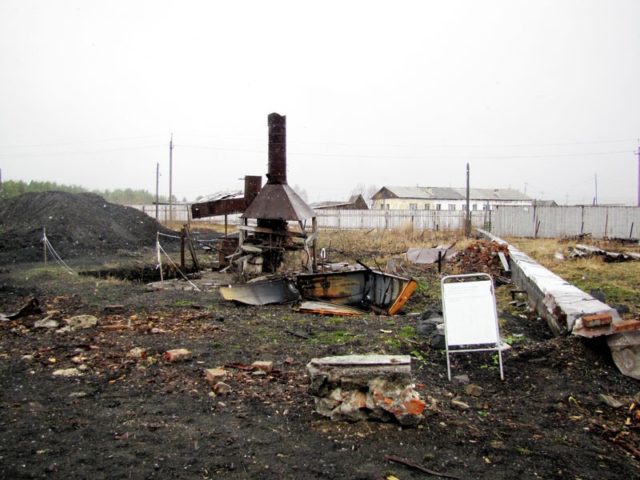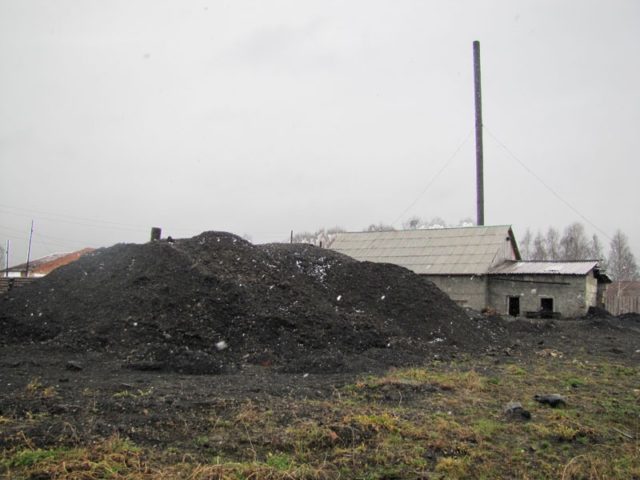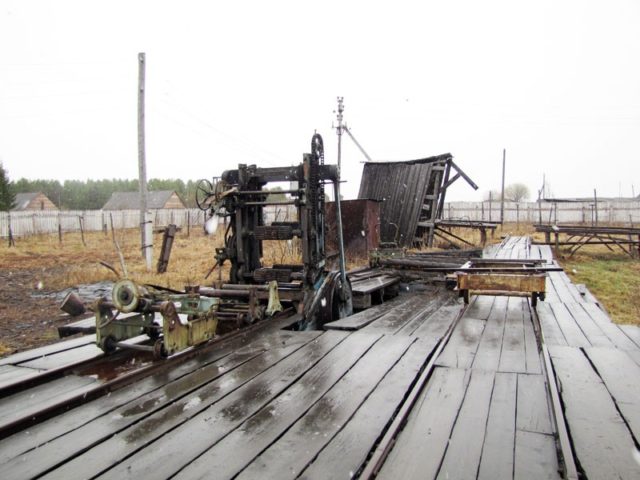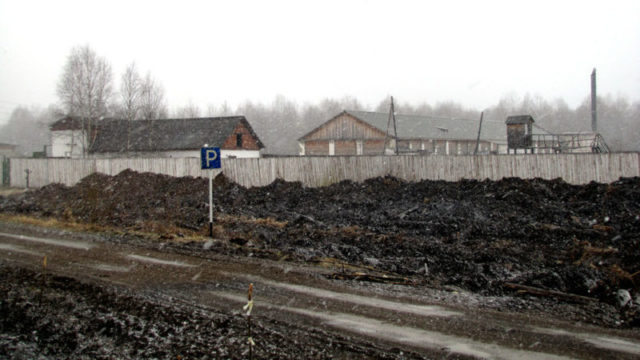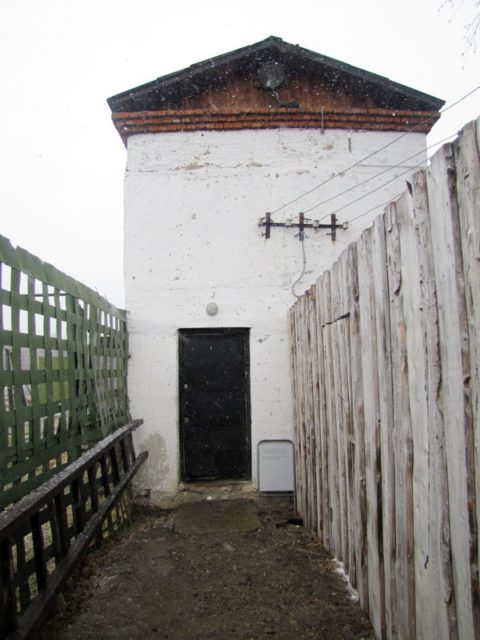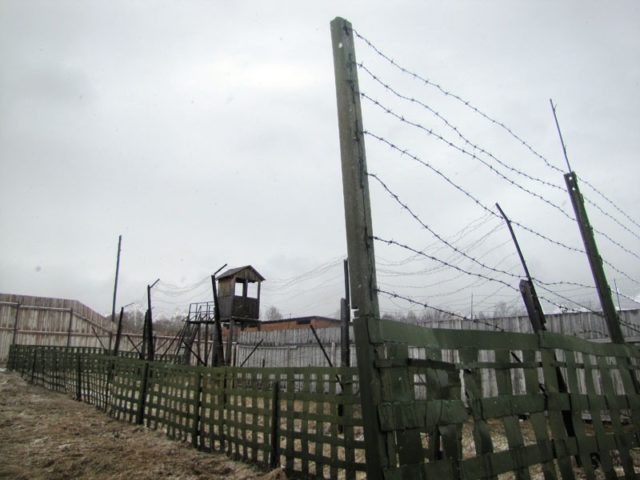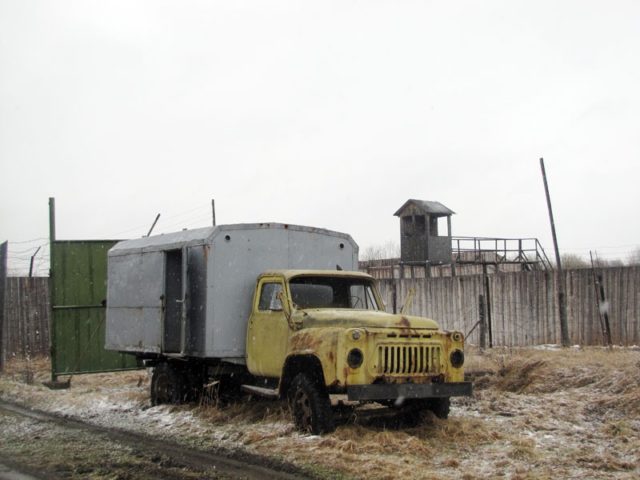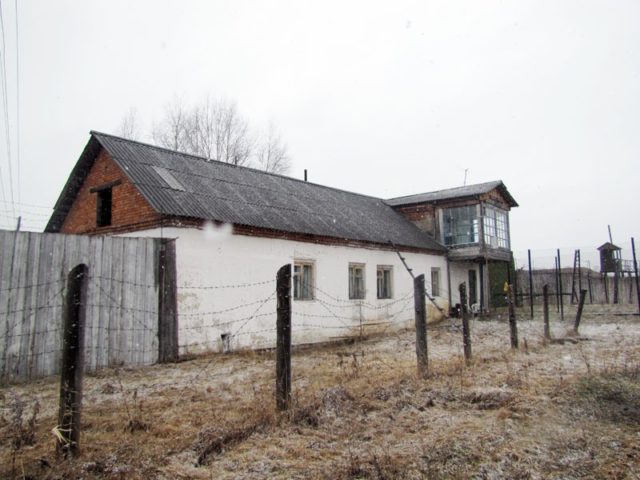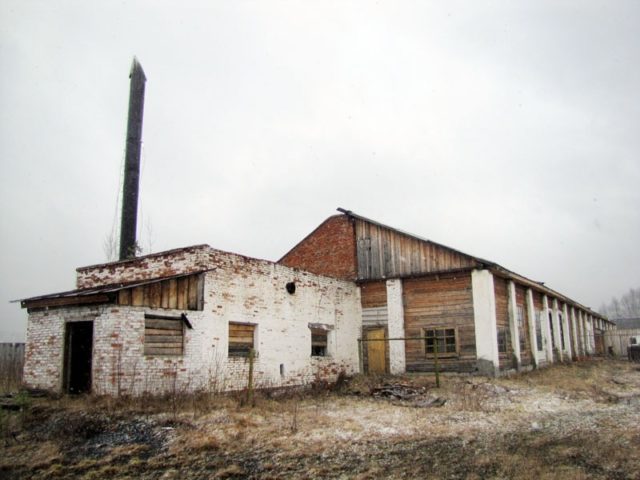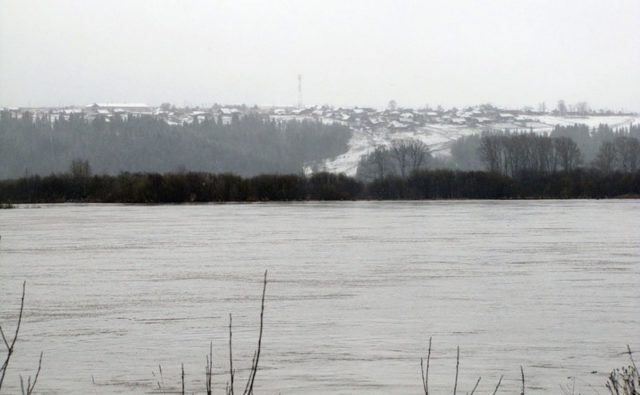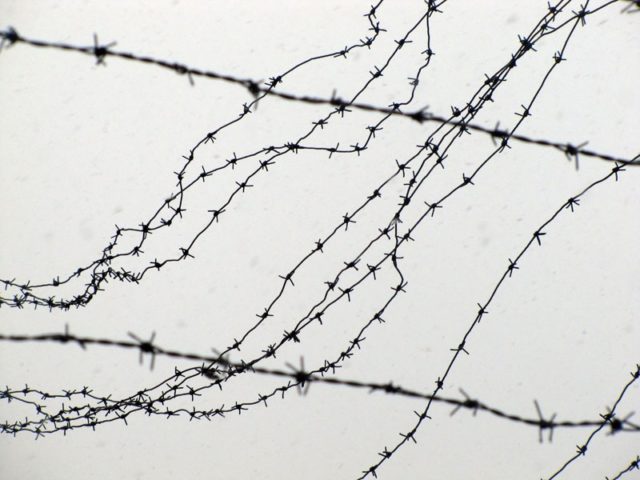The notorious system of Soviet forced labor camps – otherwise known as Gulags – has a horrifying and chilling history. Many memories have been suppressed and the Soviet repression apparatus still remains a vague and mysterious topic. Despite this, Perm-36 is a Gulag that has been preserved and made into a museum: the only one of its kind in Russia.
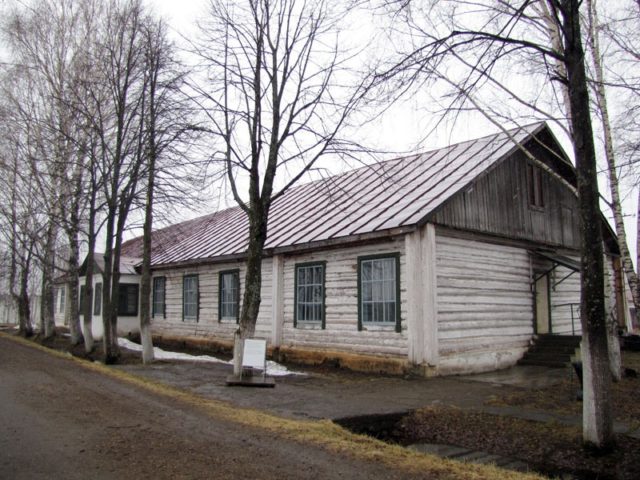
Perm-36 is located near the village of Kuchino, in the Chusovskoy district, approximately 62 miles northeast of the city of Perm in the Ural region. This Gulag was operational until as late as 1988. It was one of the last of the camps that held political prisoners to be closed down.
It was established in 1943 and was relocated to the Chusovskoy district in 1946. When it was opened it was called ITK-6. In its early days, the prisoners held on the site logged the area for timber.
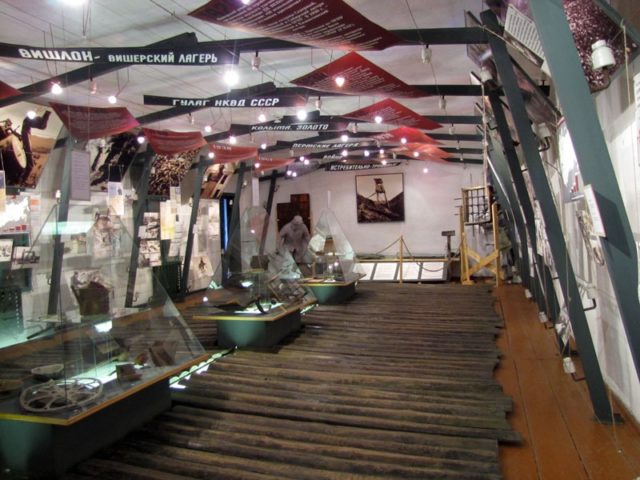
After Stalin’s death in 1953, Nikita Khrushchev came to power. He denounced Stalin and the purges that took place under his rule, even though Khrushchev himself had been involved. In 1954, the camp became a place where employees of the Ministry of Internal Affairs (MVD) were held. Officials guilty of organizing “groundless repressions” served their sentences here. These officials were mostly policemen and other law-enforcement agents.
Because these particular inmates usually knew the security systems used at these types of camps fairly well, the territory was surrounded by additional fences and the number of guards was increased to eliminate the possibility of escape.
The camp functioned like this until 1972. Since then, and until it was closed, it was made into a place where dissidents were incarcerated. It was “the harshest political camp of the country,” according to the Perm-36 Museum brochure. It was renamed VS-389/36, and became known as “Perm-36.”
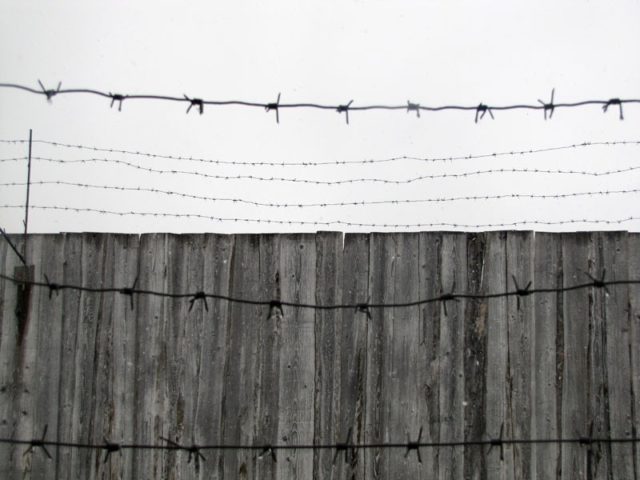
In a state where alternative thinking was feared more than anything, this camp – with its reinforced security and remote location – ensured that dissidents and their ideas were completely isolated, rendering opposition to the regime powerless.
The people imprisoned here had views that were contrary to the official party line: dissident writers, poets, distributors of anti-communist literature, scientists, and civil rights activists were detained. Generally, they were sentenced to 10 years.
In 1980, a special regime section for “especially dangerous criminals” was established to lock up the most adamant critics of the regime. Some prisoners were imprisoned again once their sentence was over – if they managed to survive, that is – because they were labeled “recidivists”: people who repeatedly commit crimes.
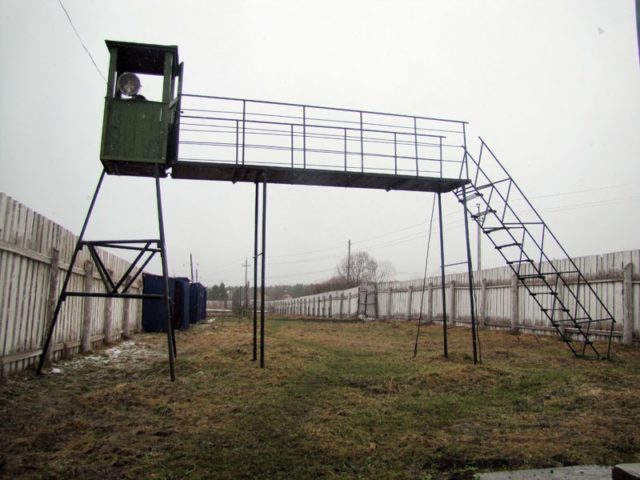
Many famous personalities were held here, including one of the founders of the Soviet dissident movement, the writer Vladimir Bukovsky; the poet Vasyl Stus (who died here); the nuclear physicist Yuri Orlov; and refusenik Natan Sharansky.
Inmates in the special regime section were isolated from other inmates. It was set up in a former timber-processing workshop, and the cells were locked for twenty-four hours a day.
In 1988, Perm-36 was closed. Now, the site is occupied by the Memorial Complex of Political Repressions, which was founded in 1994. The aim of the organization is to promote knowledge of Soviet repressions and make sure this warning from history is never forgotten.
Photos by Ilya Buyanovskiy.
